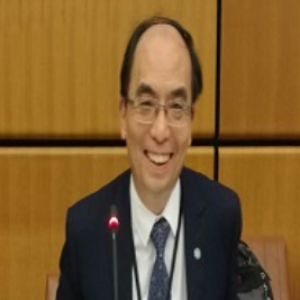Title : A randomized double blind clinical trial of the efficacy and safety of opioid challenge evaluation of blockade by naltrexone implant
Abstract:
Background: Oral naltrexone’s effectiveness as an opioid antagonist has been limited due to poor patient adherence. A longacting naltrexone formulation may be beneficial. This study evaluated the efficacy and safety of long-acting implantable naltrexone (LA-NTX) and its pharmacokinetics profile, targeted for a five-month duration of action, in blocking opioid agonist challenge effects by hydromorphone injection in humans. Methods: The participants who were ex-dependent opioid abusers (N=31) were recruited and assigned to a randomized double blind subcutaneous implantation of 0.9, 1.5 g LA-NTX. To assess the extent of opioid blockade, hydromorphone challenges (0, 3, 4.5, 6 mg IM in ascending order at 1-h intervals [up to 13.5 mg total]) were given at pre-treatment baseline and on days 7, 30, 60, 90, 120, and 150 after implantations. Opioid blockade was assessed by: (1) visual analogue scale (VAS) ratings of subjective opioid effects of hydromorphone injection; (2) pupil diameter changes after the injection; (3) tolerability of the ascending doses of hydromorphone assessed by the combined indicators of pupil diameter changes and VAS; (4) PK concentrations of naltrexone, 6-naltrexol and hydromorphone. Effects on the VAS and pupils were assessed via the slope of the time-action function over ascending hydromorphone doses, with zero slope indicating complete blockades. Results: Blockade of the VAS “any drug effect” response to 3 mg hydromorphone injection was completed for 7, 30, 60, 90, 120, and 150 days, respectively, for all the LA-NTX doses groups. And the effective blood concentration of naltrexone (≥ 1 ng / ml) started from the third day, lasting for more than 148 days for the two groups. With the 1.5g LA-NTX dose the slope of VAS responses remained at or near zero for five month even with maximal cumulative hydromorphone dosing (13.5mg). At all post baseline visits, all subjects in both group had a statistically significant antagonistic effect on 3 mg hydromorphone challenges. On the days of 60 and 90, all subjects in 1.5g group and 75% of subjects in 0.9g group were able to tolerate the challenge of accumulated 7.5mg dose of hydromorphone. On the day 150, 66.7% of subjects in 1.5g group and 33.3% of subjects in 0.9g group were able to tolerate the challenge of accumulative dose of hydromorphone (13.5mg). In sum, the antagonist efficacy of 1.5g group was better than that of 0.9g group in the hydromorphone challenge tests. All subjects had good tolerance to naltrexone implant. The adverse events (AE) in the two treatment groups were mild or moderate. Except for one case of “remission”, the outcome was “recovery”. There was no dose-related toxic reaction and serious liver function abnormality. The incidence of AE in the two groups was similar, and the low-dose group of local AE was higher than that in the high-dose group. Conclusions: These data quantify the five month-long opioid blockade underlying LA-NTX’s antagonistic effect in opioid dependence treatment, with significant dose dependence. LA-NTX was safe and the main AE were mild and reversible. Keywords: Naltrexone; Opioid Blockage; Opioid Challenge; Long Acting Naltrexone (LA-NTX); Hydromorphone.




